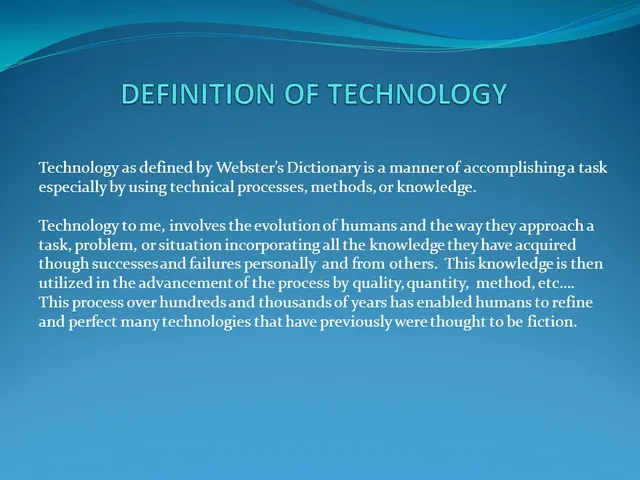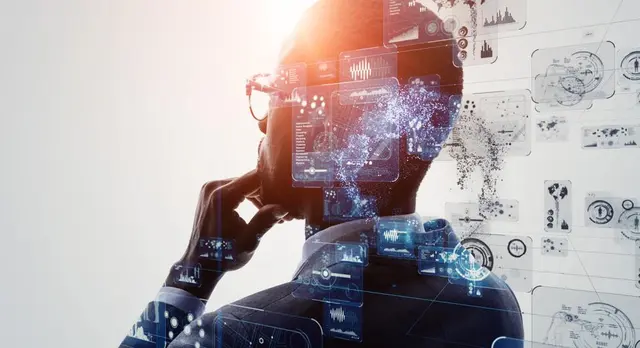Exploring the Legacy of Outdated Technology: A Look at the Past
The history of technology is littered with outdated ideas, products, and services that have been replaced by something more effective or efficient. From the earliest days of computing to modern-day innovations, the swift changes in technology have rendered many of these outdated products and services obsolete.
Once-popular technologies such as floppy disks, CD-ROMs, and VHS tapes have been replaced by digital downloads, streaming services, and Blu-ray discs. In the world of computers, the bulky CRT monitors of the past have been replaced with liquid crystal displays. While these outdated technologies may seem ancient to us now, they were cutting-edge products of their time.
The same is true for mobile phones. In the past, it was common to see gigantic, clunky cell phones that weighed several pounds and had limited features. Now, smartphones are capable of doing almost anything, from playing videos to tracking your health. Even the way we communicate has changed drastically, thanks to advancements in technology.
In the past, it was common for people to communicate using landlines or pagers. Now, the internet has given us access to a wide range of communication tools, from social media to instant messaging. Even the way we watch TV has changed drastically. Cable TV has been replaced by streaming services, and traditional broadcast networks have been replaced by on-demand services.
The advancement of technology has also had a major impact on the way we work. With the advent of the internet, it is now possible to work remotely, and the traditional office setting is no longer necessary. There are also a plethora of automation tools and software that have revolutionized the way we work.
From the earliest days of computing to modern-day innovations, the swift changes in technology have rendered many of these outdated products and services obsolete. While some of these outdated technologies may seem ancient to us now, they were cutting-edge products of their time, and their impact on our lives cannot be overstated.
How Outdated Technology Is Still Relevant: The Benefits of Keeping Old Technology Alive
Technology is ever-changing and ever-evolving, so it's no surprise that some of the older products and programs have become outdated. But just because something is outdated doesn't mean it should be thrown away. In fact, there are many benefits to keeping old technology alive.
When it comes to obsolescence, old technology doesn't have to be completely disregarded. Even though it may no longer be used in its original form, outdated technology can still be valuable. For example, older software can still be used in some form, such as for testing purposes or as a reference to create new programs.
Another benefit of keeping old technology alive is that it can be used for educational purposes. Schools, universities, and other educational institutions can use outdated technology to teach students about the history of technology and the evolution of technological advancements.
In addition, old technology can be used to preserve history. For example, older computers and software can be used to store and protect important documents, photographs, and other artifacts that would otherwise be lost. This is especially important for organizations and businesses that need to preserve important records.
Lastly, outdated technology can be used to provide access to technology to those who may otherwise be unable to afford it. Many people still use technology that is decades old, and this can be an affordable way to get access to technology that may otherwise be too expensive.
Outdated technology can still be relevant, even if it is no longer used in its original form. Keeping old technology alive provides many benefits, such as allowing for educational and reference purposes, preserving history, and providing access to technology to those who may not be able to afford it. Therefore, it is important to recognize the value of outdated technology and keep it alive and in use.



